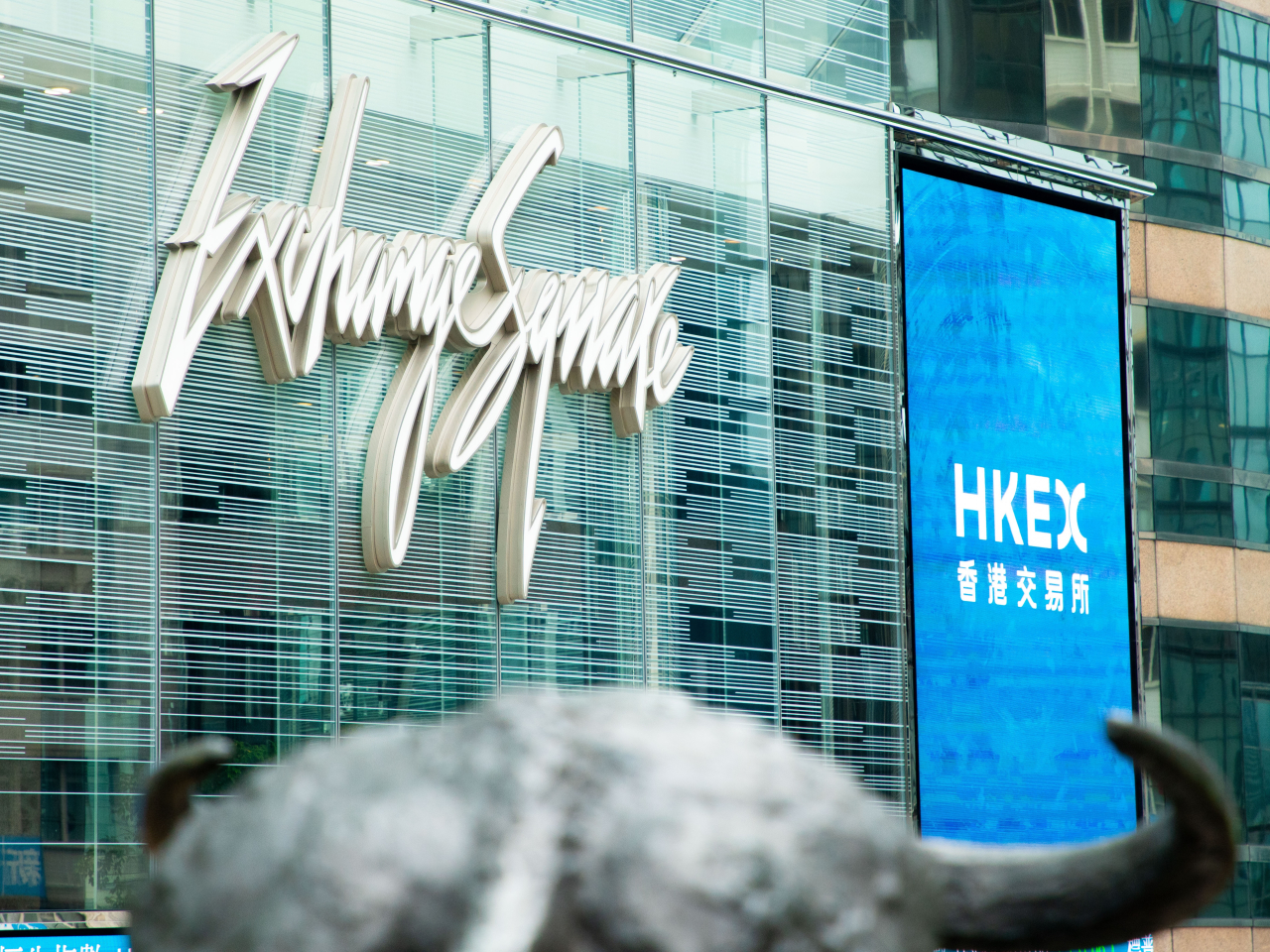Asian stocks limped towards the end of the week on a shaky footing on Friday as declines on Wall Street lingered into early trading while commodity markets took a breather after their recent charge higher.
In Hong Kong, the benchmark Hang Seng Index lost 228 points, or 0.85 percent, to open at 26,523.
Across the border, the benchmark Shanghai Composite Index was down 0.47 percent to open at 3,915 while the Shenzhen Component Index opened 0.67 percent lower at 13,633.
The ChiNext Index, tracking China's Nasdaq-style board of growth enterprises, was down 0.96 percent to open at 3,230.
Regional markets remain on track for one of their best years in a decade, firmly outstripping gains for their American counterparts as US President Donald Trump's package of economic policies and tariffs prompts a surge of orders across the region to meet booming demand for AI-linked technology hardware.
The US trading session marked the point where a number of "well-subscribed, high-momentum trades", including gold, silver, crypto, and much of the S&P 500, "finally showed signs of exhaustion," said Chris Weston, head of research at Pepperstone Group in Melbourne.
MSCI's broadest index of Asia-Pacific shares outside Japan fluctuated between gains and losses, last down 0.2 percent as its gains for the week hung in the balance, after US stocks ended the previous session with mild declines.
The Australian market slid 0.1 percent against a backdrop of volatile commodity markets. In South Korea, stocks surged 1.7 percent, extending gains for the region's best-performing index.
Traders' expectations that the US Federal Reserve will ease policy at its meeting on October 29 remain solid, with Fed funds futures pricing a 94.1 percent probability of a 25-basis-point rate cut, according to the CME Group's FedWatch tool.
The Nikkei stock index tumbled 0.7 percent, taking a step back after sharp gains this week including on Thursday when it swept to an all-time closing high.
Data earlier in the day showed wholesale prices rose 2.7 percent in the year to September, in a sign of persistent cost pressure that will keep markets braced for a possible rate hike by the Bank of Japan when it meets on October 30. (Reuters/Xinhua)





